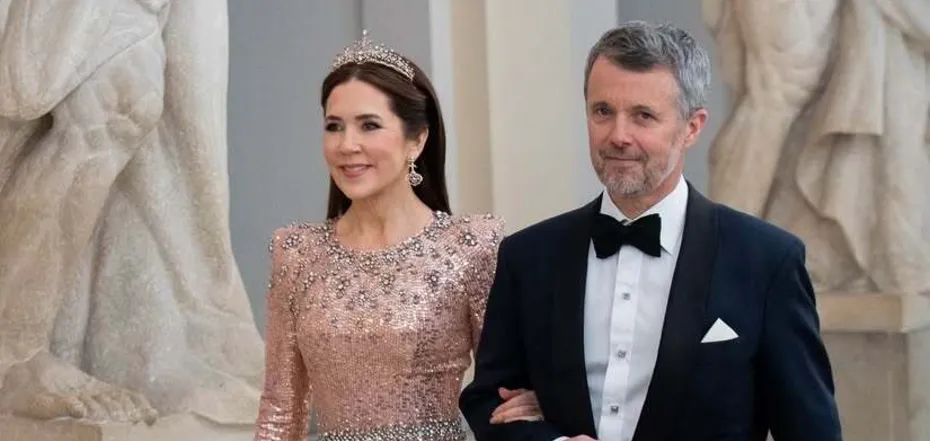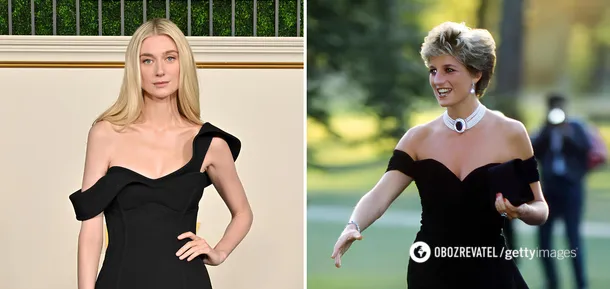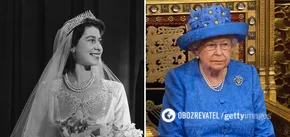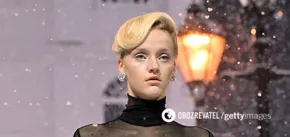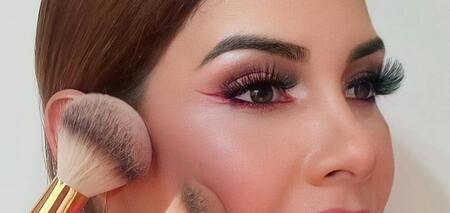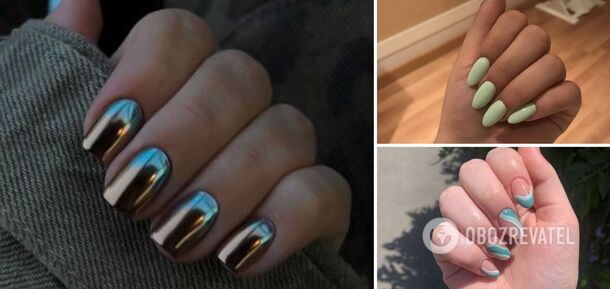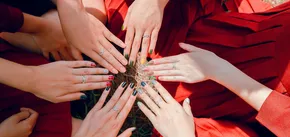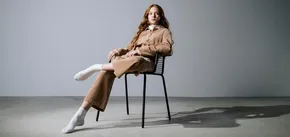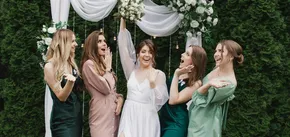Lady
Why the buttons on women's shirts are on the other side than on men's: the historical "secret" of Napoleon
Ordinary everyday clothes hide many mysteries. Why are there bows on women's underwear, why is a zipper sewn into lace-up boots, and why do buttons on women's and men's shirts fasten on different sides?
The answer to the last question was found on the Quota service by journalists from The Sun. There, fashion history experts explained how the structure of society several hundred years ago formed a custom that is still followed today: to put buttons on men's shirts on the left side and on women's shirts on the right.
It turns out that this particular location of the clasp on men's clothing could be due to dueling traditions. During honor fights, it was easier for the participants to unbutton their clothes with their left hand to discard all unnecessary things and prepare for the fight. Since most people are right-handed, swords were also held in the right hand. So the left hand was free for any manipulations with the clothes, and the clasp was adjusted to fit it.
As for the buttons on women's shirts, experts have no definitive version. Some suggest that they began to be sewn on the right side because of the need to feed babies. Here, the pattern is exactly the opposite of that of men - a woman is more likely to hold a child with her left hand so that her right hand is free for other activities. For example, to unbutton her shirt before feeding.
Another theory links the establishment of this tradition to the peculiarities of riding. Since ladies wore long and heavy skirts, had underwear that reached almost to the floor, and had to observe etiquette, they had to ride their horses sideways, with both legs over to the right side. Buttons on the left side prevented the wind from getting under the shirt while riding.
But even this version does not exhaust the issue. Some suggest that the practice of sewing buttons on different sides actually began during the heyday of women's emancipation, when women began wearing trousers and other elements of men's wardrobe instead of uncomfortable corsets and long skirts. In order to avoid confusion, tailors probably started sewing buttons in different ways.
The Atlantic magazine also came up with its own version, blaming Napoleon Bonaparte for this division. The French emperor liked to walk with his hand between the buttons of his shirt, which is recorded in his portraits. For this habit, he was allegedly often teased by ladies who copied the ruler's pose. There is a legend that, irritated by this, Napoleon could order tailors to sew ladies' shirts in such a way that they would fasten on the other side, and thus stop the mockery.
However, the version from Melanie M. Moore, the founder of the women's blouse brand, seems more likely. She reminded us that in the 13th century, when buttons were invented, like any new technology, these fasteners were very expensive. And rich ladies who could afford to wear clothes with buttons did not dress themselves, but with the help of maids. Therefore, they were sewn on dresses in such a way that it was convenient for the maid to operate them, not her mistress. Meanwhile, men dressed themselves, so the convenient arrangement of buttons was mirrored for them.










